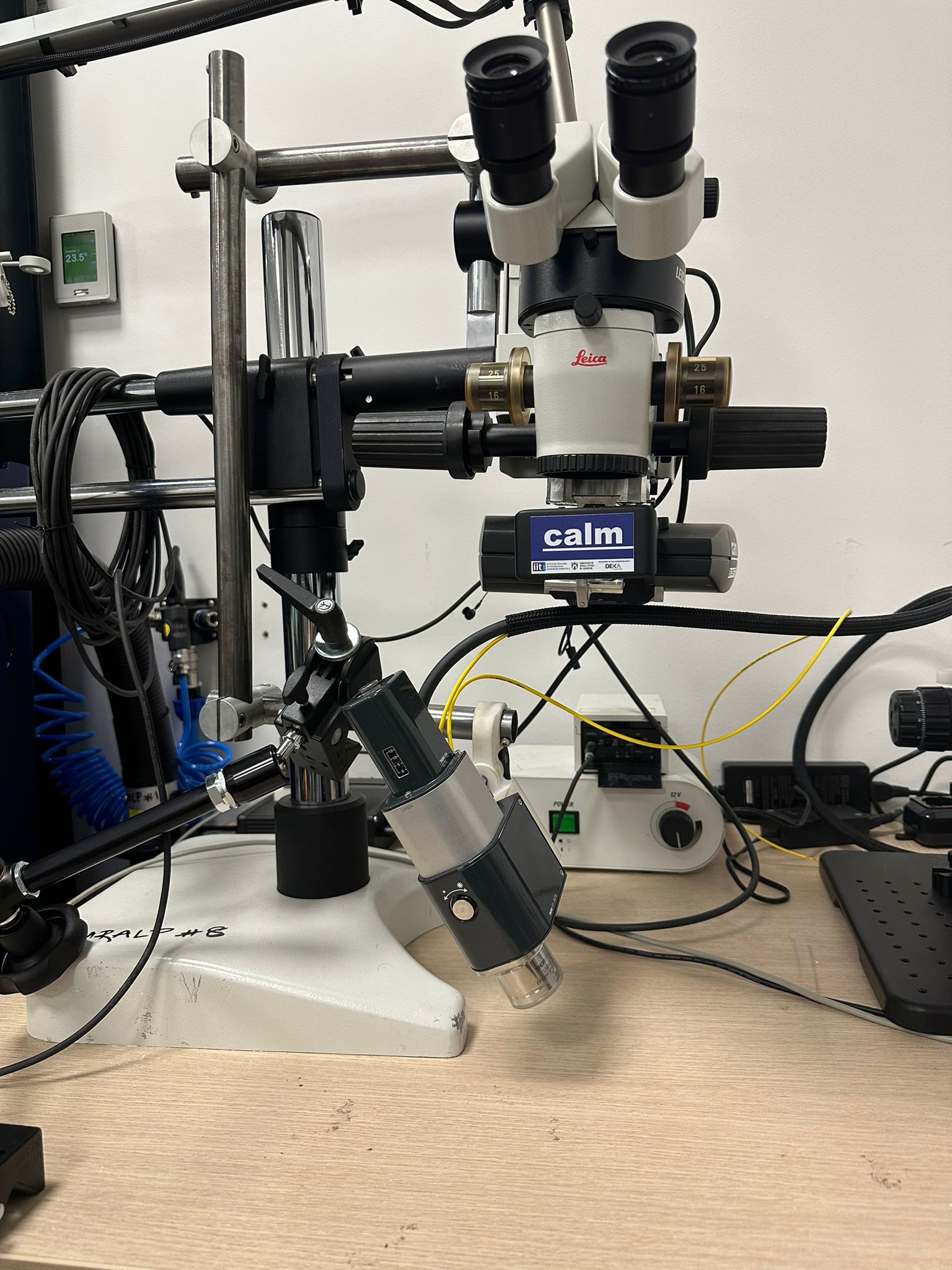Download
Abstract
Purpose: Previous attempts at achieving laser surgery depth control with feed- forward controllers were limited by the accuracy of tissue models. This study addresses the challenges of depth control in laser microsurgery under separate optical path (SOP) category by using optical coherence tomography (OCT).
Methods: The study utilizes 3D-OCT scans to measure ablation depths, over- coming the limitations of traditional 1D and 2D scans under the SOP category. Secondly, it implements compressive sensing directly on OCT hardware for rapid acquisition times. Lastly, it introduces a feedback controller based on depth maps to precisely adjust laser exposure time across various tissue types. The effective- ness of these methodologies was evaluated on ex-vivo chicken breast and pork samples.
Results: A 69.11% reduction in scanning time by scanning only 25% of the sample with a reconstruction error of only 13.41%. Laser ablation depth was estimated from an OCT surface map. Finally, the feedback controller ensured high precision in ablation depth across different tissues, maintaining an accuracy of 0.01 mm.
Conclusion: This study used 3D-OCT for ablation depth measurement under the SOP category. Employed compressive sensing to reduce scanning times and used depth maps in feedback controllers to overcome the limitation of feed- forward controllers. Adapting optical imaging modalities for clinical laser surgery faces numerous challenges like shallow focus and motion blur. In this work, we have shown that we can accelerate clinical adoption by using novel computational techniques like compressive sensing.

